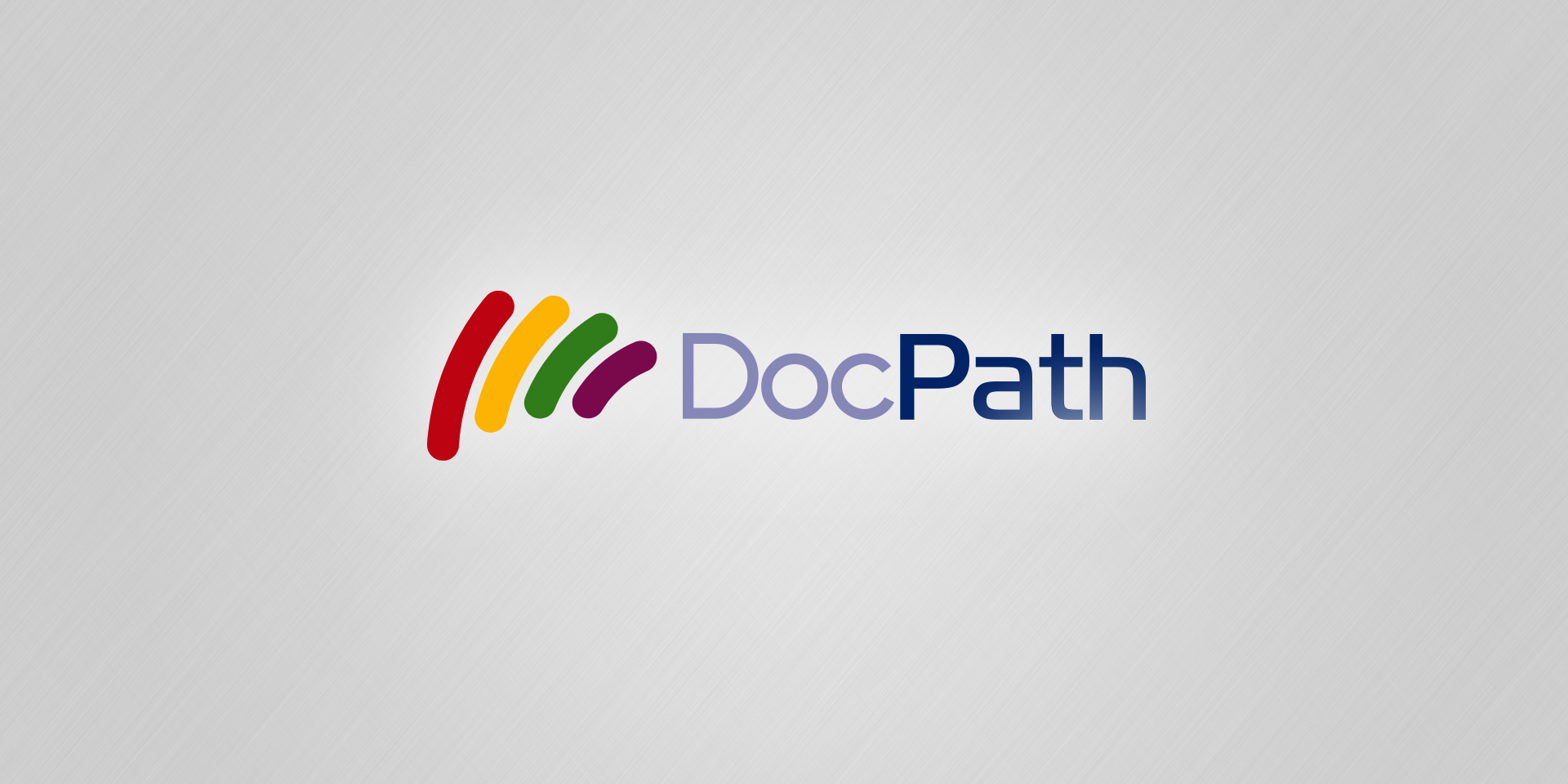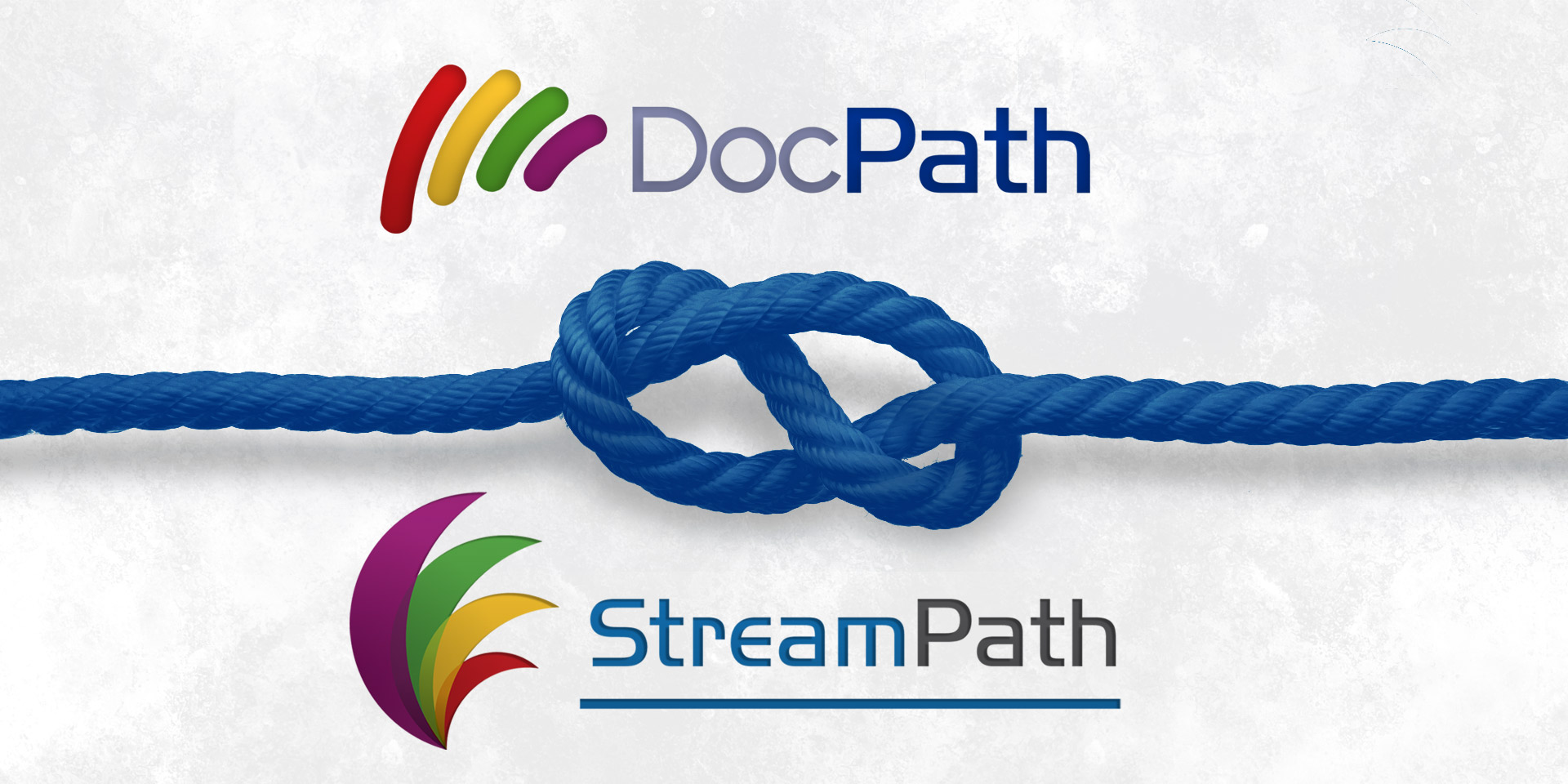Business document design software allows you to streamline your business operations, while creating documents with a more professional appearance. This process largely involves separating a document’s static content from its dynamic content, which can significantly reduce the time needed to create documents. This approach is particularly beneficial for in businesses that use many documents that are similar to each other such as contracts, requests for proposals and invoices.
However, you must design these documents carefully to take full advantage of document software’s capabilities. The creation of a template is a major part of modern document design software, which includes the following elements:
- Document-level elements
- Page-level elements
- Style elements
- Headers and footers
Overview
A traditional electronic document has static contents, meaning they don’t change each time you generate the document unless you do it manually. This requirement can make the creation of a new document a time-consuming task. Assume for this example that you want to draw up a contract for a new customer based on an existing contract. You must first make a copy of the old contract and manually modify the customer-specific details in the copy, ensuring you don’t change the text that applies to all contracts.
Document design software stores the static content in a form called a template, which primarily consists of boilerplate language in the case of a contract. The document design software then adds the dynamic content when the new document is generated, including customer-specific data and images. This approach to document creation means you only need to enter the dynamic data gathered from the client interview to generate a new contract. In addition to producing a transaction-ready instrument more quickly, dynamic document generation also reduces the risk of human error from manually editing the document.
Document-level Elements
Begin the document-level phase of your template design by identifying the types of information the document will contain. You’ll also need to decide on the manner in which you wish to present this information to maximize its usability. Headers and footers are another important consideration that will be common to the entire document. Sketch the layout of the document if you’re designing the template from scratch; otherwise, your document design software will allow you to modify an existing template to suit your needs.
The next step is to define the document’s boundaries, including page size and external margins. Ensure you consider any printing limitations for printed documents when choosing these settings. Bound documents like books will also require internal margins. Documents that will be laid out in columns may need the columns to have a pre-set width.
Page-level Elements
A document’s page-level, or structural, elements include the size and number of headings. You’ll also need to identify areas that will contain text such as the headers and footers. The templates you build with the document design software will allow adding some placeholders in these areas, or if it is just standard text traditionally the “lorem ipsum” nonsense text. Additional page-level elements that you’ll need to design during this phase include repeating elements such as backgrounds, borders and rules as well as branding elements for your organization.
Style Elements
Once you have designed the framework that provides the functionality for your document, you can begin adding elements that affect its look and feel. Build these elements on the structural elements you’ve previously defined. Style elements should generally be minimized in business documents to ensure they don’t distract the reader from their content.
Color
Choose colors in your document that suits its purpose. You should generally restrict the color of the text in business documents to black and gray palettes to avoid garish contrasts, especially for documents that will be printed with standard laser printers. You can also use black with a contrast color to highlight key information and provide visual interest for readers. Ensure the contrast between these two colors reproduces well when printed in black and white, even if you plan to use a color printer.
The use of shading and 3D effects should be similarly limited to ensure the document is easy to read. The most effective use of these style elements is to add value to the text in a way that doesn’t call attention to them. Other elements like Word’s Smart Art objects should also be used sparingly. Your document design software allows you to achieve this goals easily
Font
Your font choices can also have a great impact on your document’s readability. For example, serif fonts are generally preferable for printed documents, while sans serif fonts are usually better for documents that will be displayed on a monitor. You should only use decorative or specialized fonts in specific circumstances for business documents. A given document should typically have no more than three fonts to ensure the text remains relatively consistent. You can also always add needed variety with font properties such as size, bold and italics. Your document design software will allow also importing fonts
Headers and Footers
Headers and footers are often quite simple, with the same information on every page except for the page number. However, they can be more complex by showing different information each section of a document such as changes in page sequences. Headers and footers can also anchor some of a document’s static elements.
Document design options for headers and footers include the use of tabs to control their position and alignment. Section breaks can allow you to introduce changes to headers and footers, but they also require you to pay more attention when editing them. Tabs can control the alignment and position of headers and footers.
Headers and footers can anchor static information like your organization’s name or other details. They can also contain repeating elements such as banners, borders, logos and rules. Placing these elements in headers and footers helps prevent you from inadvertently changing them while editing the document’s main body.
Summary
The effective design of business documents generally involves doing as much as possible with the template. This strategy minimizes the more labor-intensive work of adding dynamic content when generating a new business document.
J.C. Olivares
Business Development Mgr. at DocPath Corp.
- Stylo has been renamed from ADEM to Stylo to better reflect its newly enhanced functionality and further improved user friendliness for non-technical users.
Stylo document software is part of DocPath's Customer Communication and Document Output Management solutions suite, offering the possibility to create, modify and manage documents easily and improves significantly the ease of use for non-technical users. These changes mainly affect editing manually fixed texts, composing new documents the usage of templates and existing clauses.
In addition, Stylo's advanced document software allows the dynamic creation of new documents from an initial template and adding a selection of existing clauses that can be manually modified while being designed.
Documents modified by DocPath Stylo are managed centrally from DocPath XF Repository 6 repositories, and seamlessly integrates with all design and document generation products of DocPath (v6).
It also offers the possibility to verify, by registered user, the different actions carried out in the documents, such as, access, preview, creating a new version and promotion.
Not only the name has changed, this document software solution has been enhanced recently and is in constant evolution in order to improve its functionalities, some of the latest enhancements are:
- Advanced text editor. Stylo now offers the possibility to change editable text formats.
- Creating text objects stored in the repository, so that they can be reused in different forms.
- Creating new forms in the repository from predefined templates.
- Drag & Drop texts stored in repository into editable text boxes.
- The management of forms removed and/or restored with XF repository is improved.
- Adjustments are improved when validating texts and previewing final documents
- Product stability and visual improvements were implemented on the web interface.
About DocPath
DocPath is a leading document software manufacturer that provides its worldwide customers with the technology that allows them to implement sophisticated Customer Communication and Document Output Management processes. Created in 1993, DocPath´s solutions have been implemented in companies all over the world. Among its international clients are prestigious banks and first-class corporations, which are aided by DocPath solutions by simplifying the complicated and critical tasks involving the design and distribution of business and customer documents. DocPath maintains a strong commitment to R&D&i, an area that receives a good amount of its revenue, and in which lies the key to the company´s success.
Disclaimer: DocPath is a DocPath Corp. registered trademark. All rights reserved. Other mentioned trademarks may be the property of their respective owners.


